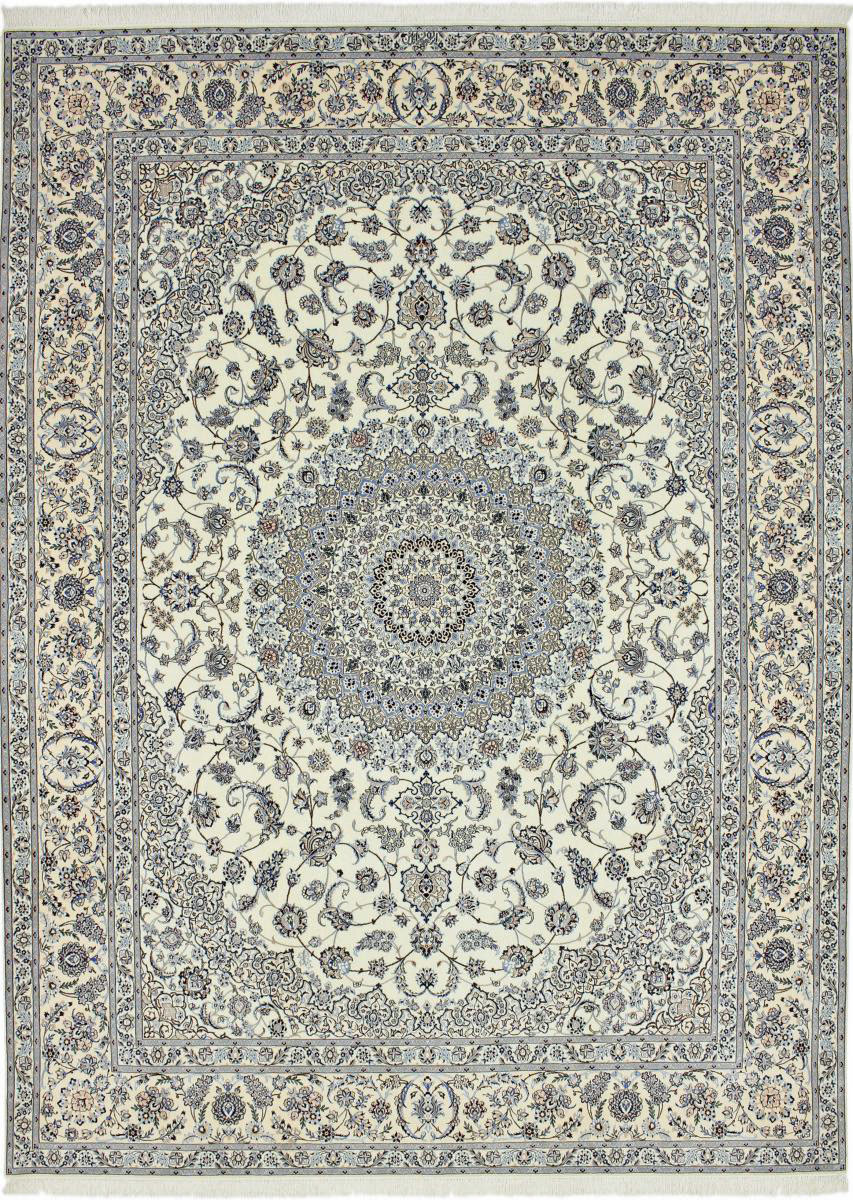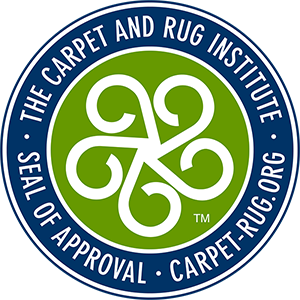
Know Your Nain Persian Rug Guide
Know Your Area Rug: The Exquisite Nain Persian Rug
Welcome back to our Know Your Area Rug series! We sat down with the Rug Master at Oriental Rug Salon, and today we’re diving into one of the most elegant and finely crafted rugs in the world — the Nain Persian Rug.
At Oriental Rug Salon, we’ve seen and restored thousands of area rugs, but few compare to the delicate beauty and intricate craftsmanship of a hand-knotted Nain. Whether you’re a seasoned rug collector or a curious homeowner with a love for Persian artistry, understanding the Nain Persian rug will elevate your appreciation for these incredible works of art.
What Makes a Nain Persian Rug So Special?
The Nain Persian rug originates from the historic city of Nain, nestled near Iran’s vast central desert. Known for its rich artistic traditions, Nain produces some of the finest Persian rugs in the world — and for good reason.
These rugs are hand-knotted using the most luxurious materials available. The best Nain rugs use a blend of cork wool and pure silk. Cork wool, taken from the soft neck fibers of sheep, is prized for its exceptional fineness, softness, and strength. When paired with shimmering silk accents, the result is a rug that glows with elegance and durability.
The silk highlights add dimension and a radiant luster to the rug’s design, creating a truly breathtaking visual effect from different angles.
Signature Features of the Nain Rug
What sets a Nain Persian rug apart from other Persian rugs? Here are a few key characteristics:
-
Design Motifs: Nain rugs often feature a central medallion surrounded by intricate floral ornaments, arabesques, and vines. Their symmetrical patterns and refined detailing create a harmonious, timeless look.
-
Color Palette: Traditional tones include ivory, beige, navy blue, and deep red. The subtle yet rich colors offer elegance that complements both classic and contemporary interiors.
-
Knot Density: Nain rugs are classified using the “La” system: 4La, 6La, 9La, and 12La. The lower the La number, the finer and more detailed the weave. A 6La, for instance, offers remarkable knot density and precision — making it a top-tier choice for collectors.
A Rug That Stands the Test of Time
Every authentic Nain Persian rugs’ are hand-knotted, often taking skilled artisans many months — sometimes over a year — to complete. This labor-intensive process ensures a quality standard that machine-made rugs simply can’t match.
Because of their high knot count and superior materials, Nain rugs are known for their durability, resistance to dirt, and insulating properties. When properly cared for, a Nain rug can last for generations, making it not only a decorative piece but also a lasting family heirloom.
Our Featured Nain Rug
One of our current favorites is the rug featured in this article. It is an 11’7″ x 8’5″ hand-knotted Nain rug, made with 95% cork wool and 5% pure silk. This rug showcases all the hallmarks of a high-quality 6La: tight weave, rich detailing, and a luxurious feel underfoot. It’s brand new and ready to grace any home that appreciates the finest in Persian craftsmanship.
Care and Cleaning for Your Nain Persian Rug
At Oriental Rug Salon, we specialize in the cleaning, repair, and appraisal of Persian and Oriental rugs. Nain rugs deserve gentle, expert care to preserve their structure and shine. Harsh chemicals or improper cleaning methods can easily damage their fibers and dyes.
We offer:
-
Dye migration correction
Whether you need routine maintenance or specialized restoration, our trained technicians handle every Nain rug with the respect and expertise it deserves.
Let’s Talk Rugs
If you own a Nain Persian rug — or are considering adding one to your collection — we’d love to help you protect its beauty and value. Call us at 239-424-8171 or visit www.OrientalRugSalon.com to learn more about our area rug cleaning services or schedule a consultation.
Until next time, the rug experts at Oriental Rug Salon remind you: a Nain rug isn’t just a floor covering — it’s a story, a legacy, and a piece of living art.



